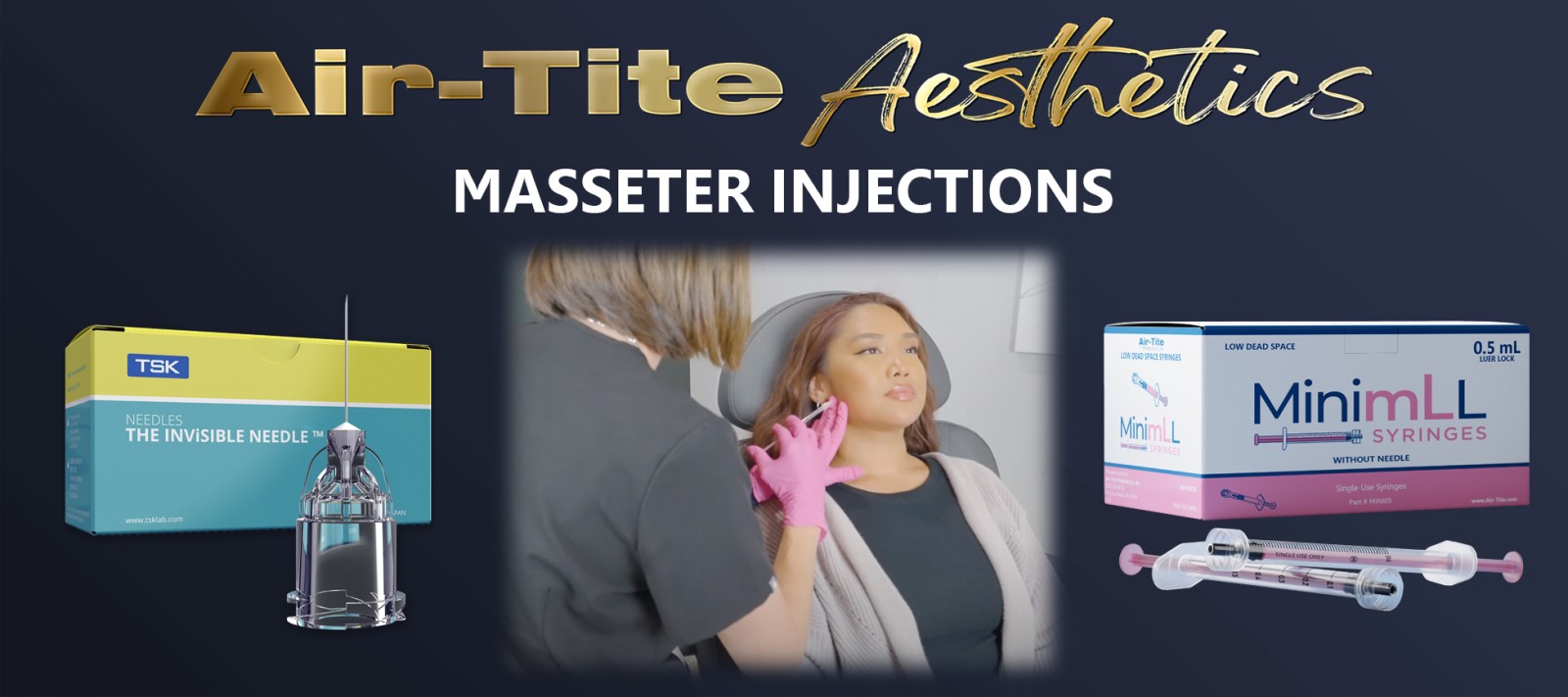
There are four muscles of mastication that aid the jaw in the chewing of food. One of them is called the masseter muscle. Depending on the biting force, types of food consumed, and habits such as teeth grinding, clenching, or other temporo-mandibular joint (TMJ) disorders, the masseter muscle can vary in volume and width from person to person. The enlargement of one or both masseter muscles is a condition known as masseter muscle hypertrophy (MMH).
Modern beauty standards tend to favor smaller and slimmer faces with a triangular shape for females, and a wider, square shaped jawline is considered attractive and more masculine for males. The masseter muscle is responsible for causing a square like appearance on the jawline, and many females seek advice on treatment for aesthetic concerns, however, other associated symptoms such as pain in the TMJ, headache, or trismus (lockjaw) can accompany MMH.
Historically, the treatment for MMH was surgical resection of the mandibular bone, resection of the masseter muscle, or liposuction of the subcutaneous fat. Although not currently FDA approved for this use, recent non-surgical advancements demonstrated in studies published in the Journal of Cosmetic Dermatology have shown that botulinum toxin injections into the masseter muscle can be a safe and effective treatment for MMH. The toxin works by reducing the size and boxy appearance of the masseter muscle by inhibiting the release of acetylcholine at the neuromuscular junction. The effects of the toxin injection cause temporary paralysis of the muscle and often require another series of injections to maintain long-term results. The toxin injections typically have additional benefits aside from helping to reshape the jawline by reducing the muscle bulk of the masseter muscle, as many patients also find that their pain, teeth grinding, and clenching symptoms are greatly improved.
Adverse reactions to using botulinum toxin as treatment for MMH have been reported and are typically associated with the improper placement or dosage of the botulinum toxin. These adverse reactions include asymmetrical smile, reduced chewing force, bruising, jowl sagging, bulging of muscles, sunken cheeks, or herniation of the parotid gland. These can potentially be avoided by using ultrasound guidance to ensure that the proper injection technique is used. More information about ultrasound can be found in our article, Ultrasound Guided Applications in Aesthetics.
At Air-Tite, we carry a wide range of needle brands, gauges, and lengths. Many of our customers prefer to use a 13mm (1/2”) needle, specifically the TSK Low Dead Space 33g x 13mm needle due to the added product savings and patient comfort. Our new MinimLL Syringe, a 0.5mL Low Dead Space Luer Lock Syringe, has become a perfect syringe to pair with the TSK Low Dead Space Needles for many aesthetic injections. This allows for easy-to-read graduation markings for accurate dosing, more product savings with the reduction in hub space, and a Luer lock tip to ensure a secure fit for the low dead space needle to reduce the risk of needle pop off. We have received feedback from many injectors indicating that the MinimLL syringe is now their preferred tool for these types of injections.